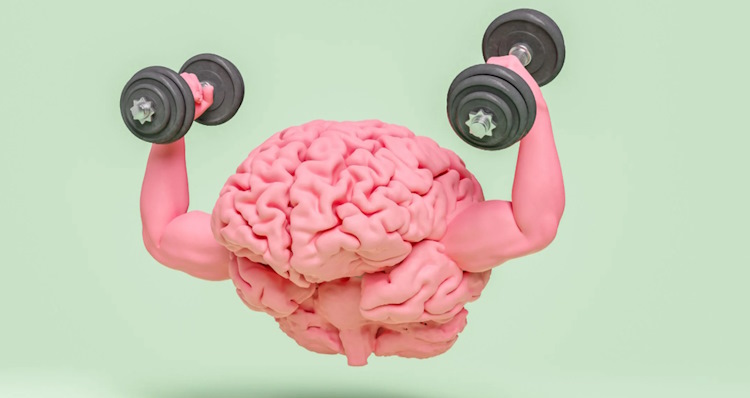Nandrolone and joint health: mechanisms, benefits and risks
Nandrolone, a synthetic anabolic steroid, has long been recognized for its muscle-building properties. Beyond its use in bodybuilding and treatment of muscle-wasting conditions, nandrolone has garnered attention for its potential benefits to joint health. This article delves into how nandrolone may influence joint health, examining both the clinical and anecdotal evidence, as well as the associated risks.
Nandrolone decanoate, also known by its commercial name Deca-Durabolin, is a derivative of testosterone. It has a slightly altered chemical structure that reduces its androgenic effects while maintaining its anabolic properties. This makes nandrolone popular for promoting muscle growth with relatively fewer androgenic side effects compared to testosterone. Another shorter ester that has gained popularity is nandrolone phenylpropionate, known as NPP.
Potential benefits
The following potential benefits for joint health have been associated with nandrolone:
Collagen synthesis
Nandrolone has been shown to stimulate collagen synthesis. Collagen is a vital component of connective tissues, including tendons, ligaments, and cartilage. Enhanced collagen production can strengthen these tissues, contributing to better joint support and health.
Anti-inflammatory effects
Because of receptor promiscuity, nandrolone may bind to cortisol and exhibit anti-inflammatory properties, which can help reduce joint pain and swelling. This effect is particularly beneficial for individuals suffering from joint-related conditions like arthritis.
Synovial fluid production
Synovial fluid lubricates joints, reducing friction and wear. Some studies suggest that nandrolone can increase the production of synovial fluid, improving joint lubrication and reducing pain during movement.
Bone density
While not directly related to joints, nandrolone’s positive effect on bone density can indirectly support joint health. Stronger bones provide a better structural foundation for joints, potentially reducing the risk of joint injuries.
Several studies and anecdotal reports from athletes and bodybuilders suggest that nandrolone can improve joint health and alleviate pain. For instance, a study published in the journal “Arthritis & Rheumatism” found that nandrolone treatment led to significant improvements in joint pain and physical function in patients with rheumatoid arthritis.
Bodybuilders often report reduced joint pain and improved recovery when using nandrolone, particularly during heavy lifting cycles. This perceived benefit is attributed to nandrolone’s ability to enhance collagen synthesis and reduce inflammation.
Possible issues associated with nandrolone use
Despite its potential benefits, nandrolone use is not without risks. The following points represent possible issues associated with nandrolone use (although most of them are common to all steroids and not specific to nandrolone):
Hormonal imbalances
Nandrolone can disrupt the body’s natural hormone balance, leading to side effects such as testicular atrophy, reduced sperm production, and gynecomastia (breast tissue development in men) due to its conversion to estrogen and its suppressive effect on endogenous testosterone production.
Liver toxicity
Although nandrolone is considered less hepatotoxic than some other anabolic steroids, long-term use can still negatively impact liver function.
Cardiovascular issues
Nandrolone can adversely affect cholesterol levels, increasing the risk of cardiovascular diseases. It may raise LDL (bad cholesterol) and lower HDL (good cholesterol).
Psychological effects
Mood swings, aggression, and other psychological changes are potential side effects of nandrolone use.
Dependence and legal issues
Nandrolone is a controlled substance in many countries, and its non-prescribed use can lead to legal consequences and potential dependence.
In conclusion, we can see that nandrolone does exhibit properties that could be beneficial for joint health, including increased collagen synthesis, anti-inflammatory effects, enhanced synovial fluid production, and improved bone density. Both clinical studies and anecdotal evidence seem to support its potential to alleviate joint pain and improve joint function.
However, these benefits must be weighed against the risks and side effects associated with its use. Hormonal imbalances, liver toxicity, cardiovascular issues, psychological effects, and legal concerns are all critical factors to consider.
For those contemplating nandrolone for joint health, it is always a good idea to consult with a healthcare professional to assess the viability based on individual health status and medical history. Safer alternatives, such as physical therapy, proper nutrition, and other non-steroidal treatments, should also be considered either as a replacement or in conjunction with nandrolone (at much smaller doses) to support joint health.









